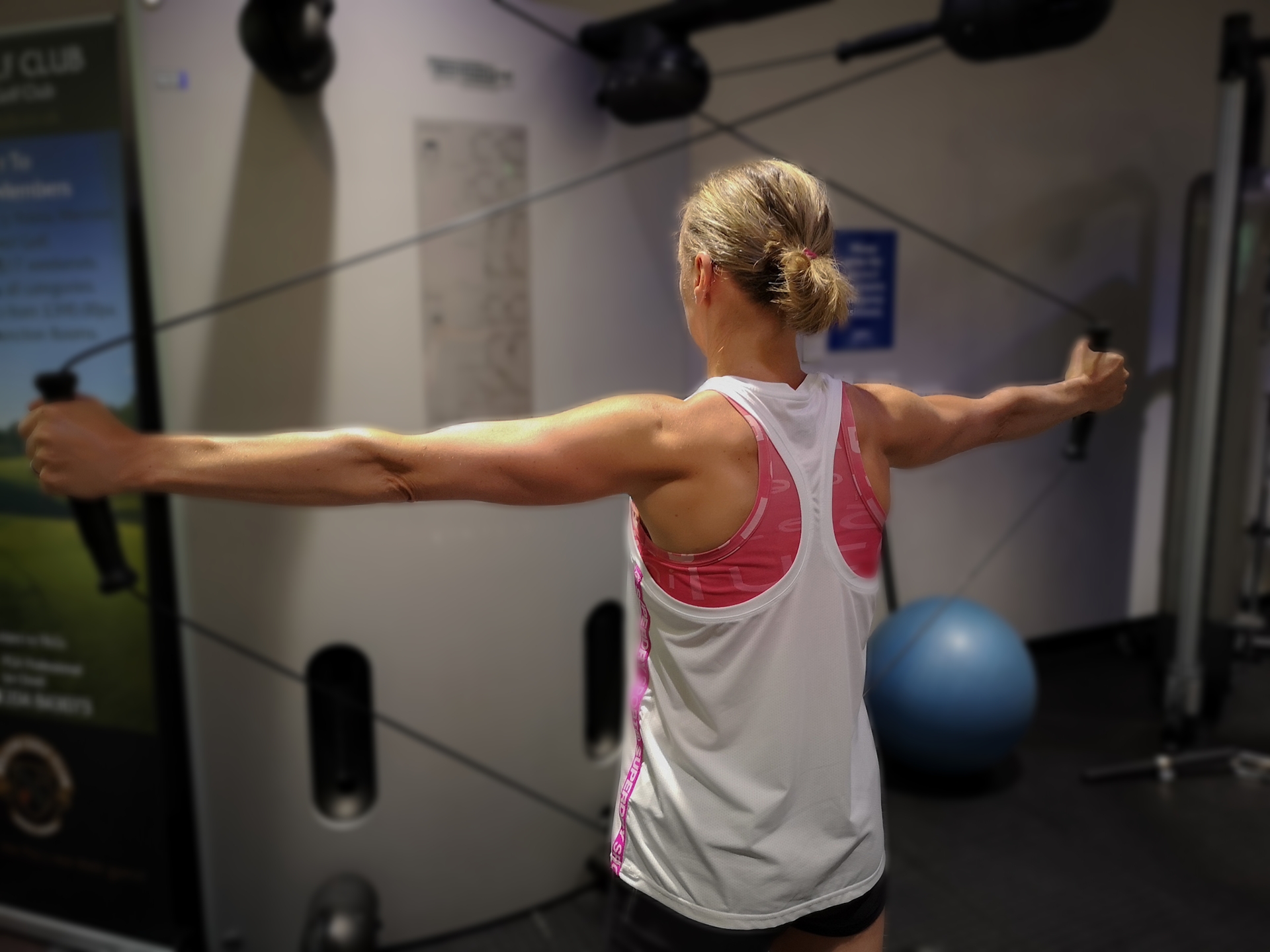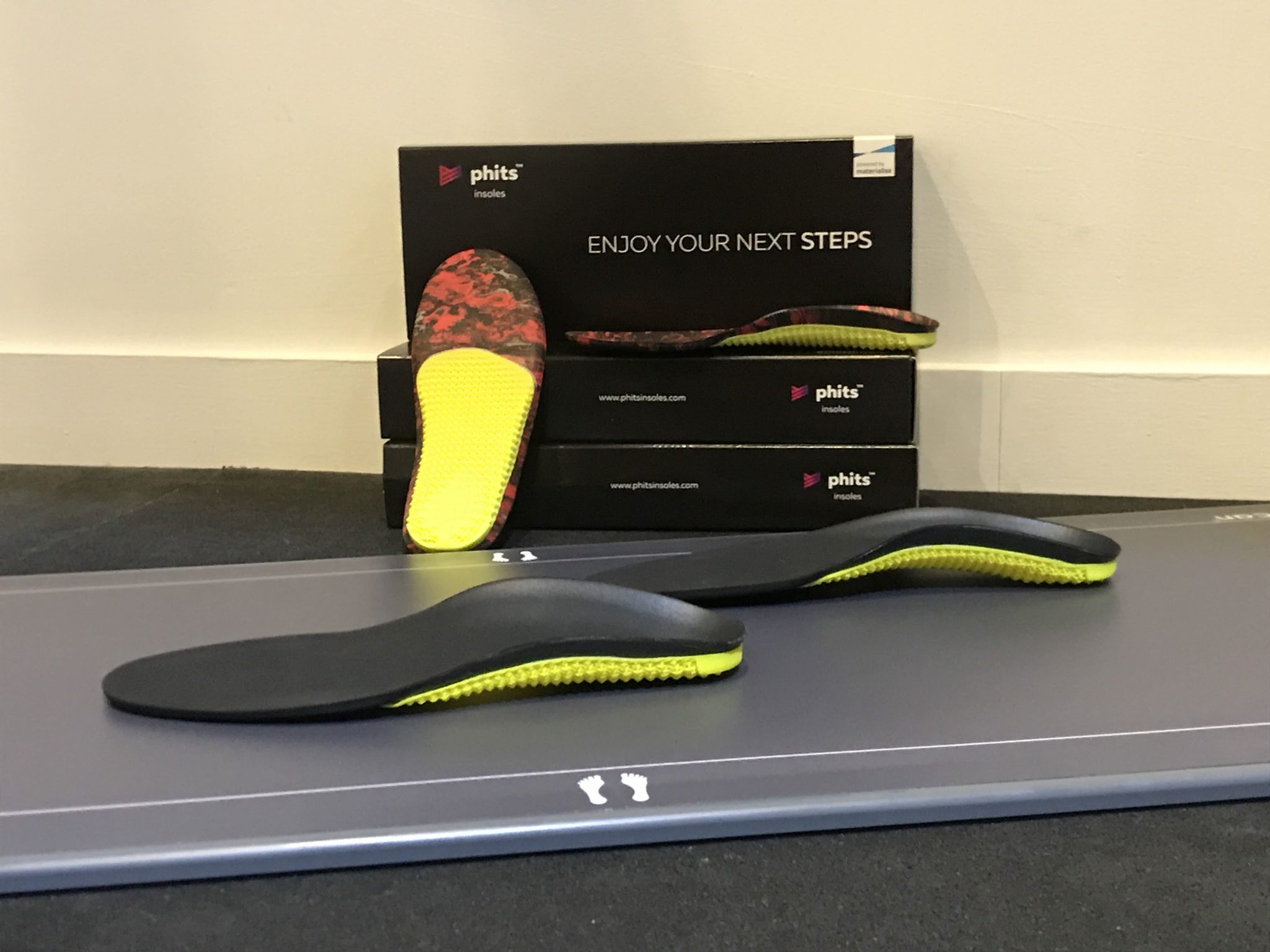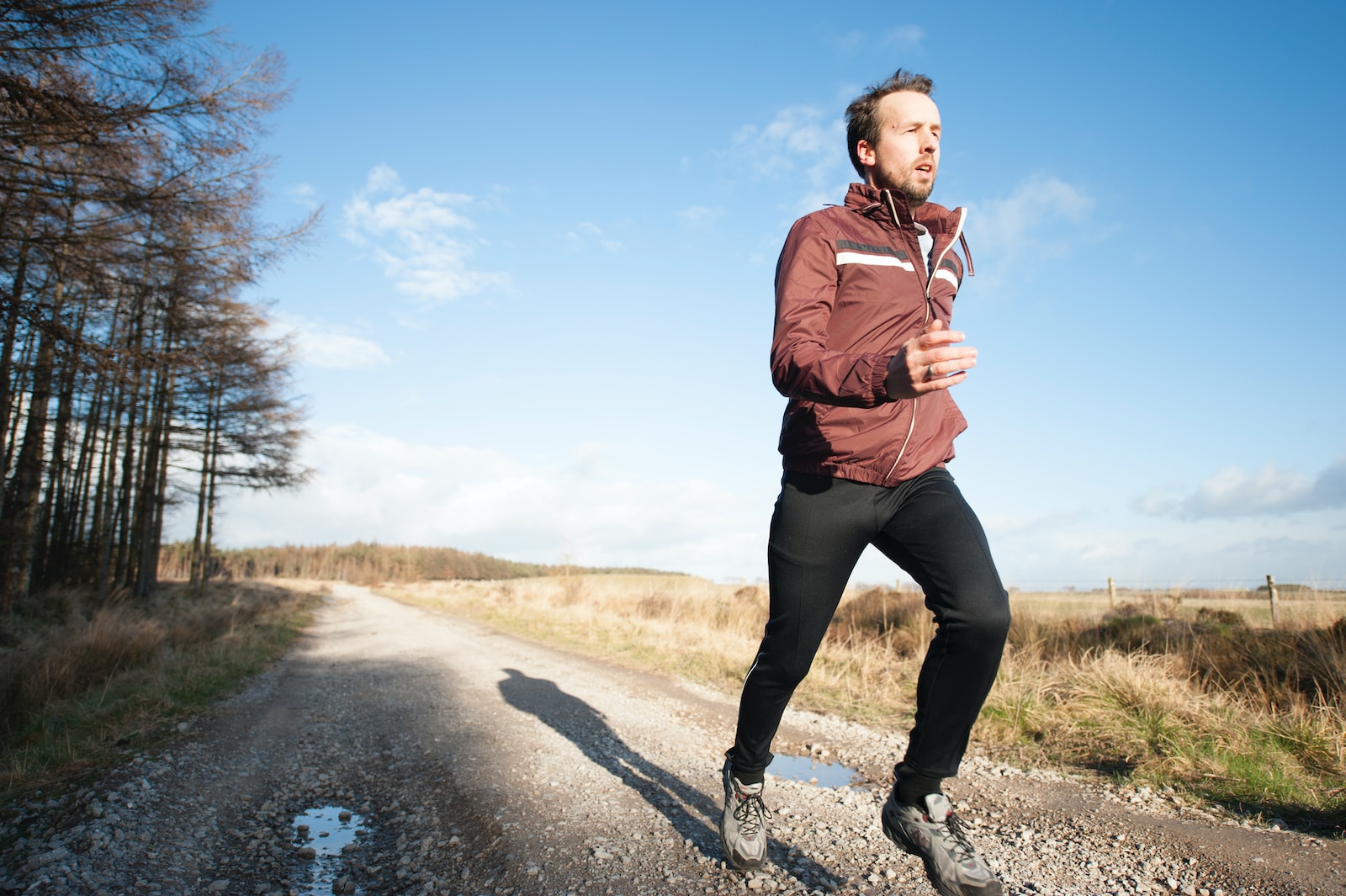Following on from our Couch to 5Km Blog and with the Running event season fast approaching, we are going to take a look at running injury free. We review, some common injuries sustained when the training starts to ramp up and some simple ways to help you perform at your best right up to your chosen event.
In an ideal scenario, every step of every mile would be 100 percent pain-free. No soreness, no twinges, no lingering aches from the previous workout. The reality is that most runners deal with minor irritations during every training run.
These issues won’t prevent you from running but if left to manifest could result in a more significant consequence. To reduce the chance of getting yourself to this point we encourage a proactive rather than reactive approach. For example; a long-term movement correction strategy including strength and stability training, stretching, and regular foam-rolling. This is something Summit would look to put in place with you at the earliest point.
The recovery and management of your body is just as important as the training itself, think of the movement plan as homework, none of us like having to do it, but if you don’t do it, the issue will persist.
The most common injuries we see from runners are:
1. Runner’s Knee (Patellofemoral pain)
2. Iliotibial Band Syndrome (ITBS)
3. Achilles Tendonitis
4. Plantar Fasciitis
Runner’s Knee
Patellofemoral pain syndrome (PFPS), or “runner’s knee,” is the irritation of the cartilage on the underside of the patella (kneecap). PFPS typically flares up during or after long runs, after extended periods of sitting, or while descending hills and stairs. Risk factors include overpronation (excessive inward foot rolling) muscle weakness (glutes and obliques) and biomechanical factors that put extra load on the knee.
Iliotibial Band Pain Syndrome (ITBS)
The iliotibial (IT) band lies along the outside of the thigh from the hip to the knee. When you run, your knee flexes and extends, which causes the IT band to rub on the side of the femur. This can cause irritation if you increase your mileage too quickly, especially if you’re doing a lot of track work or downhill running. Runners who develop ITBS may overpronate or suffer from weak hip abductor and gluteal muscles. If your hip motion is not well controlled, then your IT band gets stretched with your running stride, and that can irritate it.
Achilles Tendonitis
The Achilles tendon connects the two major calf muscles to the back of the heel. Under too much stress, the tendon tightens and becomes irritated (tendinitis). Runners who dramatically increase training especially hills and speed work and have tight, weak calves are vulnerable.
Plantar Fasciitis
Plantar fasciitis is small tears or inflammation of the tendons and ligaments that run from your heel to your toes on the sole of your foot. It is the main foot complaint among runners, which is not shocking given that with each step our feet absorb a force several times our body weight. The pain, which typically feels like a dull ache or bruise along your arch or on the bottom of your heel, is usually worse first thing in the morning. Runners with very high or very low arches are vulnerable because both foot types cause the plantar fascia to be stretched away from the heel bone. Other causes are increasing your mileage too quickly and long periods of standing, especially on hard floors without supportive footwear.
Summit Approach
In an attempt to remain proactive and avoid these symptoms, it is vital that you develop a movement maintenance plan. We recommend you include a specific strengthening element to your plan and regular tissue mobilisation (stretching and foam rolling). It would also be beneficial to include elements that work on running form and biomechanics, a smooth efficient style will improve performance and reduce the risk of injury. Finally, It is important that you do the basics right; make sure your trainers are fit for purpose and avoid upping the mileage by more than 10% each week, overtraining will cause problems to your training.
If you would like to discuss this with a member of our team, contact Summit by phone, email or Book an Appointment Online.
References:
London Marathon
Runners World
Epidemiology and Aetiology of Marathon Running Injuries



